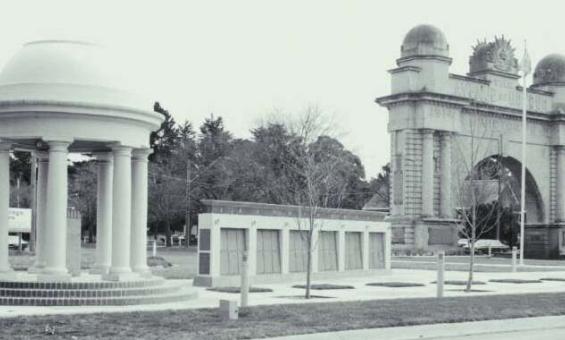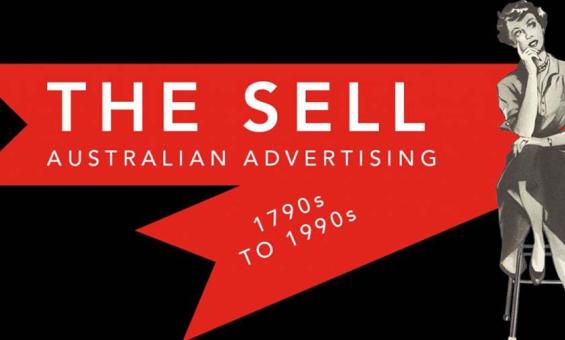Digital Classroom
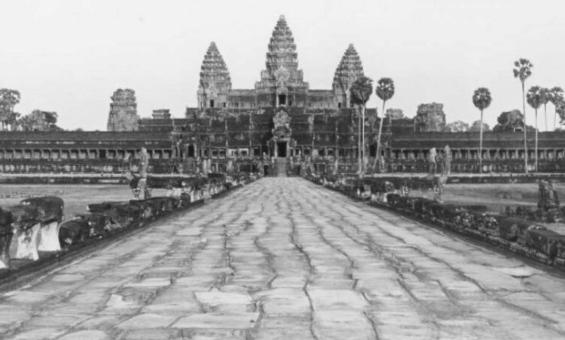
Yves Coffin, [Angkor Wat, view of main temple from western side], nla.gov.au/nla.obj-140376204
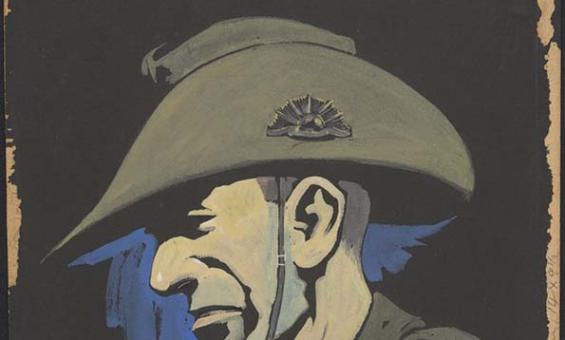
Frank Dunne and Smith's Weekly, Portrait of ANZAC soldier for Smith's Weekly, between 1919 and 1937, nla.gov.au/nla.obj-452465819
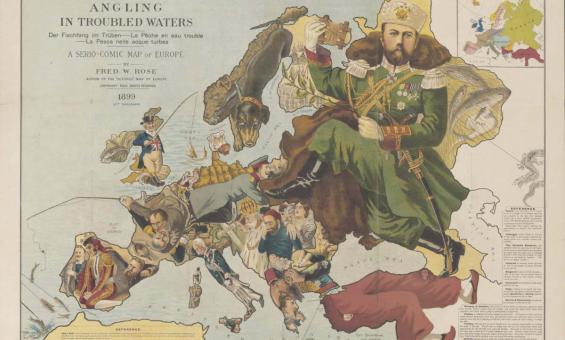
Fred. W. Rose, (Frederick W.) & Hewardine, Matt & G.W. Bacon & Co. (1899). Angling in troubled waters = Der Fischfang im Trüben = La pêche en eau trouble = La pesca nelle acque turbes : a serio-comic map of Europe / by Fred. W. Rose, author of the "octopus" map of Europe ; Matt. Hewardine, from design by Fred. W. Rose. nla.gov.au/nla.obj-232519231
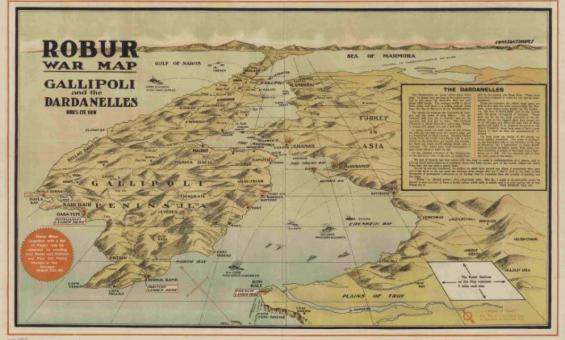
Farrow Falcon Press, issuing body & Dillon, Cyril. (1915). Robur tea war map, Turkish Empire ; Robur war map, Gallipoli and the Dardanelles : bird's eye view, nla.gov.au/nla.obj-2972839934
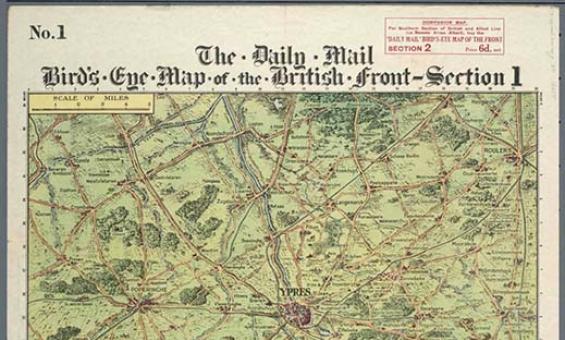
Daily Mail (London, England). (1916). The Daily Mail bird's eye map of the British front [cartographic material]. nla.gov.au/nla.obj-230052264
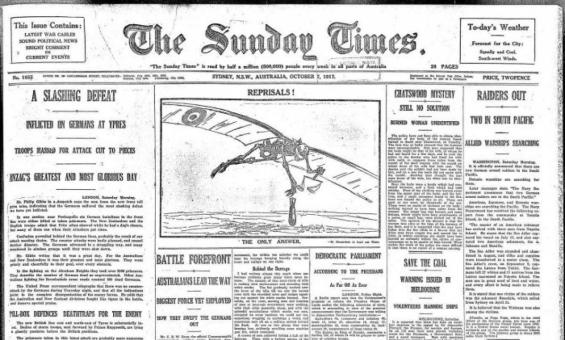
(1917, October 7). Sunday Times (Sydney, NSW : 1895 - 1930), p. 1. nla.gov.au/nla.news-page13215182
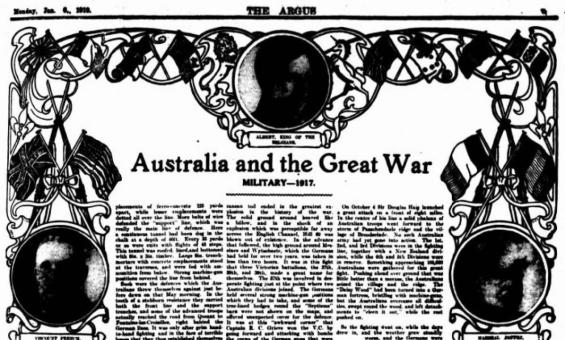
(1919, January 6). The Argus (Melbourne, Vic. : 1848 - 1957), p. 5 (The Argus War Review). nla.gov.au/nla.news-page402797
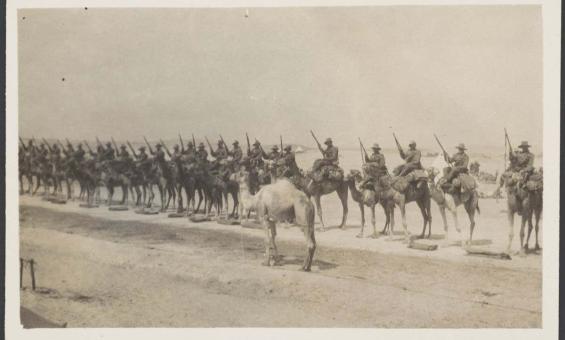
Imperial Camel Corps in Palestine, 1917-1918. nla.gov.au/nla.obj-153422443
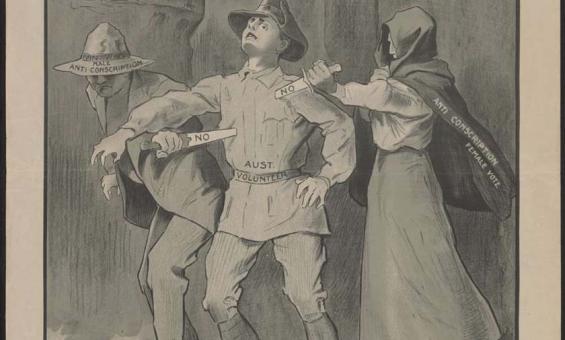
G. H. Dancey, (1916), The crime of those who vote "No!", nla.gov.au/nla.obj-136421813
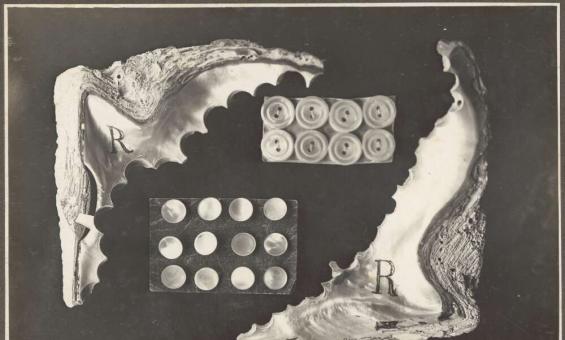
Frank Hurley, [Cut shell] showing the method of cutting shells commercially, 1921, nla.gov.au/nla.obj-149364077
